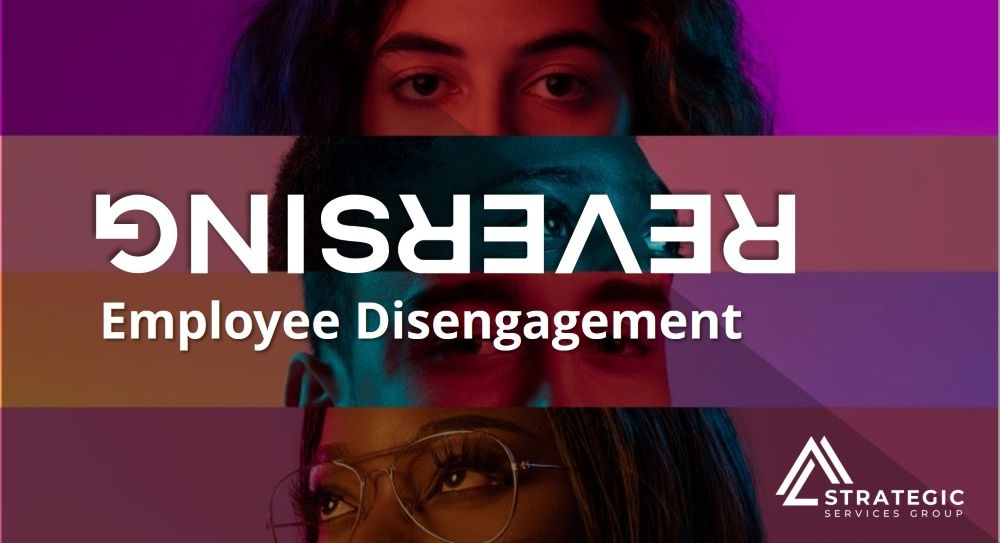Workplace Culture: Reversing Employee Disengagement

Employee disengagement is rising, and HR leaders are facing an urgent challenge. Economic uncertainty, shifting workplace dynamics, and increased workloads have left employees disconnected, decreasing job satisfaction and increasing retention risks. Addressing this issue requires proactive strategies that restore engagement, improve workplace morale, and align employees with meaningful work.
Understanding the Disengagement Trend
The past year has seen a troubling decline in engagement. According to recent data, overall employee satisfaction has dropped compared to previous years, with fewer American workers engaged than in 2018 to 2021. Additionally, 51% of employees are currently open to or actively seeking new job opportunities, marking the highest rate since 2015. These trends signal a pressing need for organizations to reevaluate how they create engagement and job fulfillment.
Key Strategies to Reignite Engagement
Create a Culture of Purpose
Disengagement often stems from employees feeling disconnected from their work's impact. To counter this, leaders must communicate how individual roles contribute to broader company goals. Recognizing employees for their contributions—whether through formal recognition programs or personal acknowledgment—reinforces their sense of value. Aligning work with meaningful objectives helps employees feel invested in their roles and reduces detachment.
Prioritize Employee Well-Being
Burnout and workplace stress are primary drivers of disengagement. Companies must proactively approach well-being by offering mental health support, flexible work arrangements, and workload management strategies. Studies have linked workplace kindness and inclusion to higher employee morale and productivity, making a strong case for a supportive and psychologically safe work environment.
Enhance Career Growth and Autonomy
Employees who feel stagnant in their roles are more likely to disengage. Organizations should invest in learning and development programs that provide opportunities for upskilling and career progression. Providing autonomy—through project ownership, mentorship opportunities, or cross-functional collaboration—empowers and keeps employees motivated. Research shows that employees who engage in continuous learning report higher satisfaction and job confidence.
The Future of Employee Engagement
As organizations navigate the evolving workforce landscape, addressing disengagement is no longer optional—it's essential. Companies that prioritize purpose, well-being, and career development will improve retention and build a resilient, motivated workforce. By taking deliberate action now, HR leaders can reverse disengagement trends and create an environment where employees feel valued, connected, and inspired to contribute.
Contact SSG for more information.
SOURCE: United Benefit Advisors (UBA)

 Prev
Prev

